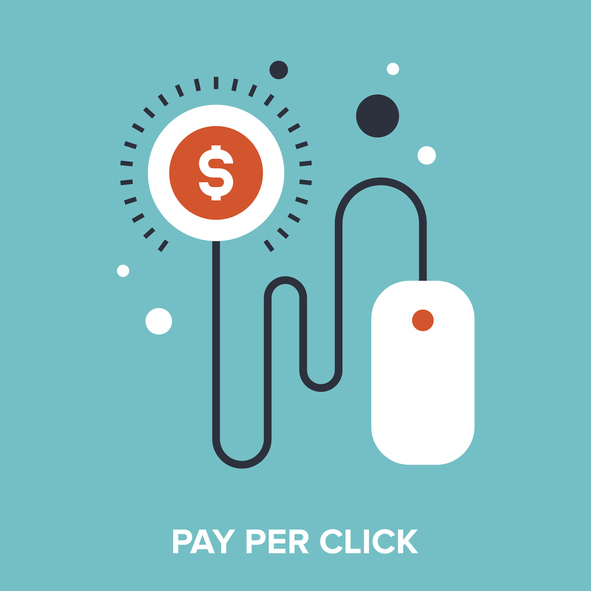
In recent years, pay-per-click advertising has become one of the most widely-used tactics in both B2B and B2C marketing. With a low initial investment (no minimum spend) and a relatively easy setup process, anyone can launch a pay-per-click campaign for their business. Because of this, companies are forced to compete with a growing number of competitors who are bidding on the same keywords. With a limited amount of real estate on search pages and the importance of appearing as close to the top as possible – one of our clients receives over nine times as many clicks when their ads are on top of the page versus when they are on the side or the bottom – new competitors bidding on the same keywords create increased competition and make it even more difficult to attain high ad positions.
Therefore, it is essential to regularly conduct competitive research and stay on top of any changes to your industry’s landscape. When conducting competitive PPC research, there are four essential questions to ask.
Note: Many of the examples below are from AdWords, but this same process can be replicated in Bing or other pay-per-click systems.
1. Who are your competitors?
Before you go any more in-depth into competitive PPC research, it is important to know who your competitors are. The easiest way to find this out is by searching a few relevant keywords. If you are currently running ads for these keywords, you should use the Ad Preview and Diagnosis Tool in AdWords so that your views are not counted as impressions.
As an example, say that I am a company that sells promotional items. Here are the first few ads that show up when I search for “promotional items” in Google:
From looking at these ads, I can start to develop a list of key competitors. I would want to continue searching for relevant keywords and start to note companies that are appearing for multiple keywords. Here is what I see when I search for “branded promotional items”:
As you can see, there is one company (Pinnacle Promotions) that is showing up for both terms. This lets me know that they are bidding on similar terms and will likely be one of the top competitors, especially since they appear in the top three results for both terms.
If you are currently running ads on Google, there is also a handy tool within the AdWords interface that can give you an idea as to who your competitors are. The Auction Insights tool provides insight into the other companies whose ads are appearing alongside those from your account.
2. What are they saying?
Once you understand who your competitors are, you should then start to look at what they are saying in their own ads. Using the previous example of promotional items, let’s look at what some of the current advertisers are saying.
You can see that three of the top four ads discuss quick turnarounds, while two of them also include free shipping as a selling point. It can be helpful to create an Excel spreadsheet that keeps track of who each competitor is and what their selling points and calls-to-action are.
In order to compete with these ads, you should take into consideration the selling points and calls-to-action being utilized by your competitors, and write your ad copy to either show how your product is better or address a quality of your product that you believe will have more impact with the audience.
Stay tuned for Part 2 of this blog series, when we will address the final two questions to ask when conducting competitive PPC research.
Need help with your pay-per-click strategy? Contact Launch today! Be sure to like us on Facebook or follow us on Twitter for the latest B2B marketing best practices.


There are no comments